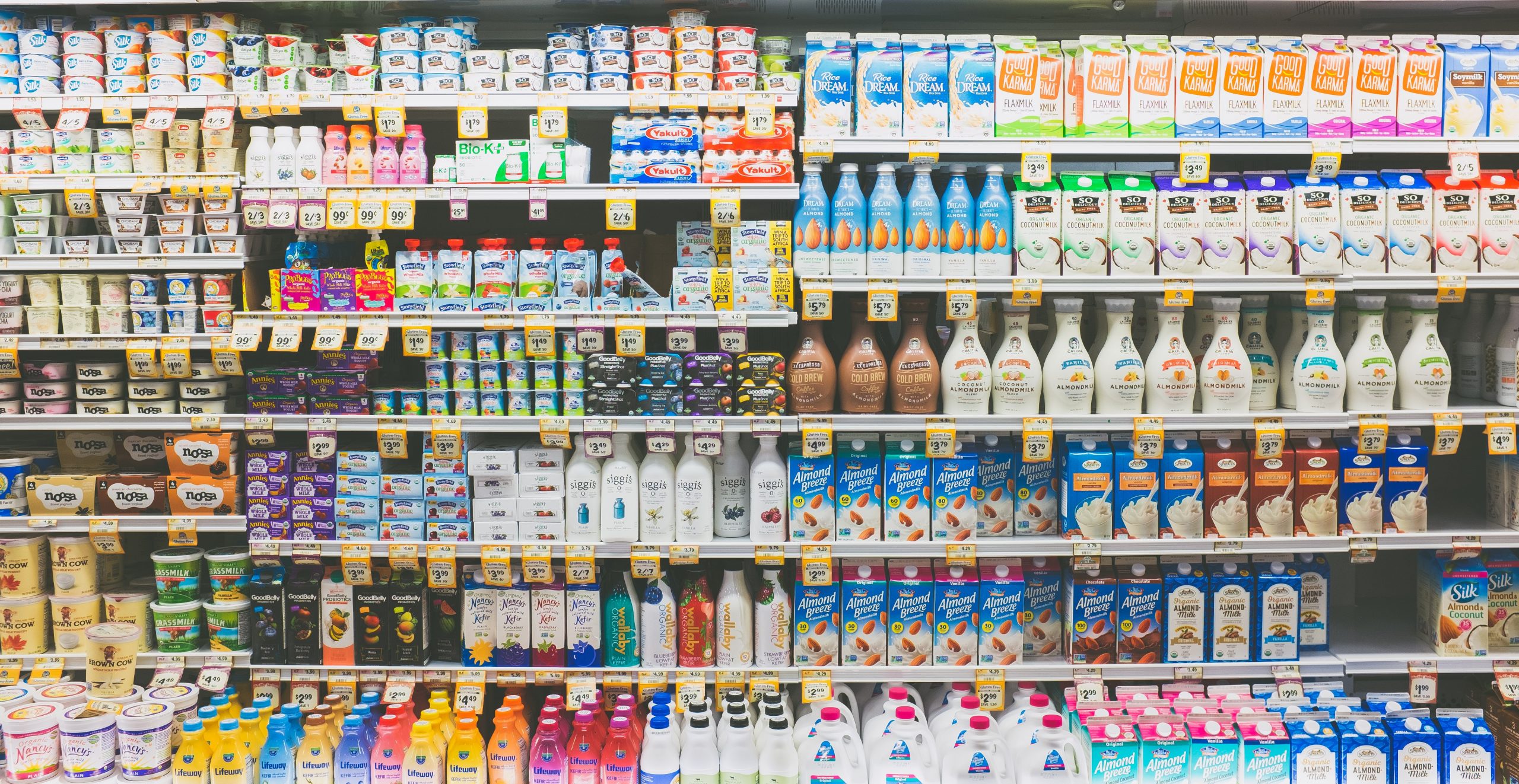The holiday shopping frenzy will wind down soon and retailers will be left with all the inventory that didn’t find a new home this year. Or at least, not yet. Despite the best efforts of retailers and brands, inventory supply never aligns perfectly with consumer demand. Either it is underestimated how much inventory is needed and items sell out before the season is done or sales are overestimated and there is excess inventory at the end of the season. Leftover inventory can be difficult to deal with and can hurt profit margins for both brands and retailers.
How Excess Inventory Hurts Brands and Retailers
There are a handful of reasons why you might have leftover inventory. Maybe you simply overestimated how much product you’d sell and now have a surplus. Maybe the retailer’s automated forecasting and allocation system wasn’t fine-tuned resulting in pockets of inventory in the store chain. Whatever the cause is, the result is the same: excess inventory.
These items cost you money to produce, package, ship, and get into the retailer in the first place. Now, they’re taking up valuable inventory dollars at your retail partner and taking up shelf space.
You can cut down on excess inventory in the future with better forecasting and retailer allocation. However, if you’re stuck dealing with excess inventory now or will be after the holidays, continue reading to learn how to get rid of it.
5 Ways to Deal with Excess Inventory
First, decide what is considered excess inventory. Generally, it’s defined as inventory levels that are higher than the planned sales turn. Since every product is different, you’ll need to decide with your retail partner. Once you have determined that you have “excess inventory” you need to decide what to do with it.
1. Do Nothing
If your products don’t expire or are not seasonal you may be able to leave them where they are. This tactic works best for non-perishables and household staples, like detergent, that people need year-round. If your products fall into these categories, great! However, be sure that no matter what type of item you supply, you’re consistently checking your inventory turnover rate to ensure that your products are selling as they should. If you have a surplus, you may need to hold off on your next shipment to get your inventory levels back to where they should be.
2. Returns
Consider making a deal with your retail partner to return any excess inventory to you. This is especially useful if you believe you can resell it. Make sure that you’re factoring in the cost of the return, storing, restocking, and all other associated expenses to see if this is worth it. This works best if you can easily repurpose or resell your inventory. Maybe you just need to repackage it or can ship it to a different location.
3. Reuse, Recycle, Regift
If you can’t sell or reuse your excess inventory, you could consider disposing of it in a responsible way, preferably recycling whenever possible. Make sure that any inventory that you don’t sell is recorded so you can write it off and at least recoup some of your inventory cost.
Also, think of unconventional ways you can deal with your inventory. Donate it to charity, gift it to your employees, or look up recycling programs near you. Most of the time you can still take the write-off with these disposal methods. Even better, you can help make someone’s day or use it as an employee morale booster to increase employee engagement.
4. Sell it NOW – Discounts!
You can still try to sell your extra inventory, even if they’re past their holiday prime. One effective method to do so is by using Instant Redeemable Coupons (IRCs). These coupons are physically placed on your inventory while they’re still in the store. They can be eye-catching and draw shoppers’ attention. Plus, people love a deal.
- IRCs allow you to focus incentives by market or problem stores, saving you from a chain-wide markdown.
- Moving through the inventory at the store saves return shipping and handling costs.
- The incentive does not have to be a huge discount to nudge someone to buy it. Even a label that reads, “$2 off!” can have an enormous impact.
90% of consumers are more likely to buy a product (or switch from a competitor’s brand to you) if they see a label that will give them instant savings!
Source: Consumer Report by Luminer
5. Use the Data!
Finally, you should monitor your analytics and inventory systems year-round. Use equations like inventory turnover to see how quickly your products are selling. Drill down into the individual product lines to learn what items are performing better than others. This should inform your forecasting and help you get closer to consumer demand.
Don’t forget that if your inventory isn’t selling, it may not just be a lack of consumer interest. Your inventory could be missing, misplaced in the backroom, or not being counted accurately at the point of sale (read our article on Phantom Inventory to learn more about this problem). Perform physical counts and compare them to your retailer’s inventory system. Check to make sure that every system and process is tracking your items correctly.
Preparing for Holidays 2020
Once you figure out how you’re going to unload your extra inventory from the 2019 holiday season, it’s time to think about 2020. Pay close attention to your sales this year. What types of items sold fastest? What products didn’t sell? While trends do change from year to year, it’s always a good idea to sit down and analyze how each year went and to begin forecasting for next year. The more accurate your projections are, the less excess inventory you’ll be stuck with this time next year.
Learn more about how Retail Merchandising Services can help you sell your excess inventory by using IRCs and more!

